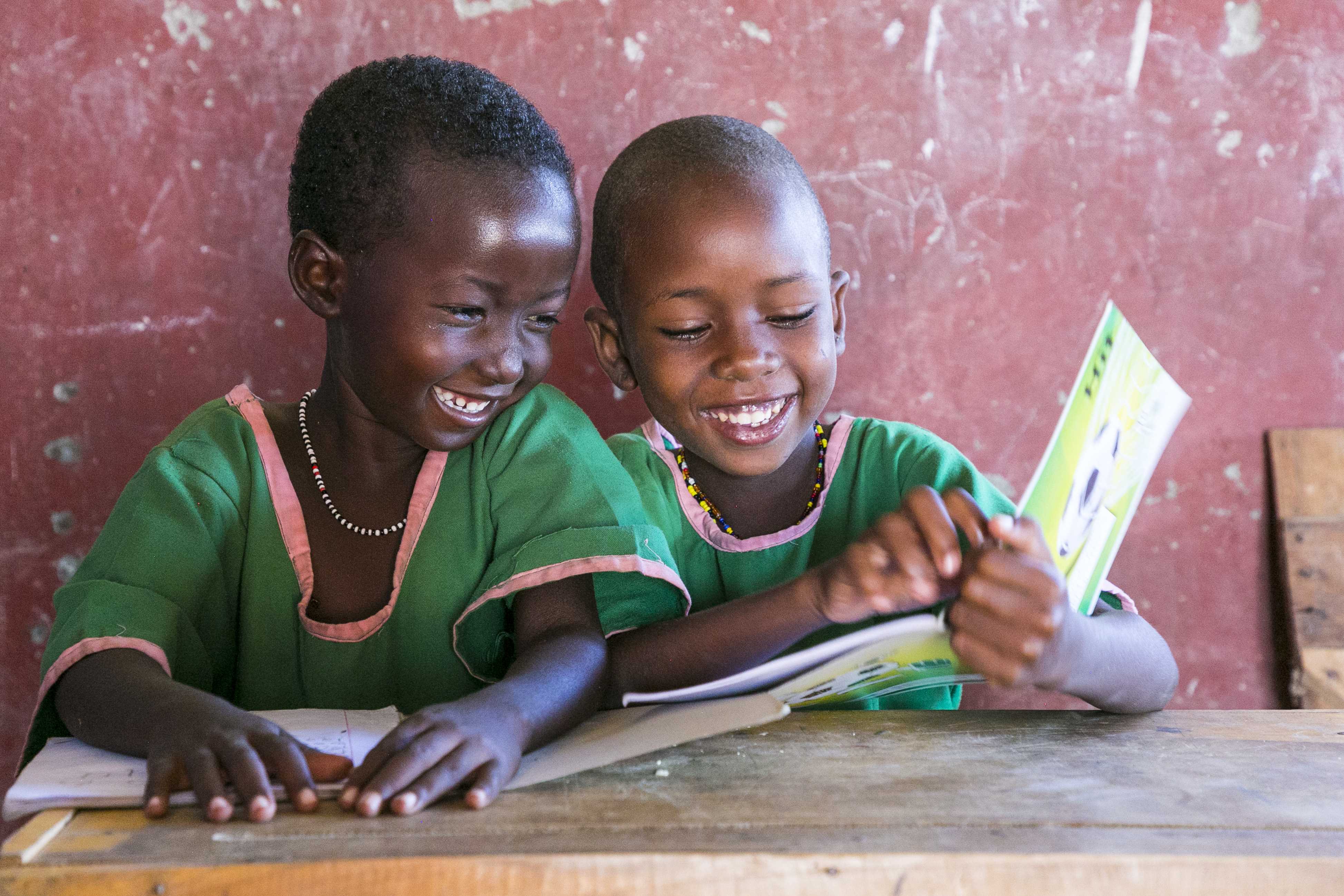
Price Shocks Report
Economic gains masking a growing hunger and malnutrition crisis
In 2021, World Vision analysed global food prices to highlight how the pandemic was fuelling rising food prices and creating a child malnutrition pandemic with a much higher death rate than COVID-19. The report was informed by a survey of prices of 10 common food items (a raw chicken, cooking oil, corn cobs, eggs, milk, raw sugar, rice, sweet bananas, tomatoes and wheat flour) and revealed drastic surges in food prices in every country around the world, with the poorest hardest hit.
A follow-up report released in 2022, Price shocks: Rising food prices threaten the lives of hundreds of thousands of children, revealed that a confluence of crises – conflict, climate change, ongoing economic impacts of the COVID-19 pandemic, and supply chain shocks from the fallout from the war in Ukraine – had all come together to create new and worsen existing hunger hotspots around the world.
Today, there has been a slight reduction in global food prices in the past year, but we are still far above 2020 levels. This year’s analysis continues to underscore the uneven recovery from the socioeconomic shocks from COVID-19, inflation, and extreme weather and indicates a disparity of food prices, both in the current cost of the basket of 10 common food items and in the year-on-year comparisons. Changes of food prices in the most developed countries show mixed results (such as in Singapore, Australia and Netherlands), while the most extreme price shocks are in countries experiencing extreme hunger and intensifying conflict, violence, and climate shocks, like Burundi, Sudan and Honduras.
Nearly one-third of the world’s population (2.4 billion people) did not have enough to eat in 2022, and the number of people facing extreme hunger has doubled between 2021 to 2023. There are now 258 million people living in ‘crisis’ conditions or experiencing more severe food insecurity (IPC 3+) in 58 countries.
Governments, United Nations (UN) agencies, and humanitarian actors have been working to prevent a global humanitarian hunger crisis, working to save lives and prevent famine in the most severe contexts. World Vision has been addressing urgent and long-term food security in humanitarian and fragile contexts for many years. We declared a US$2.5 billion multi-year Global Hunger Response in May 2022 and announced a US$3.5 billion commitment towards addressing the heart-breaking hunger and nutrition crisis facing children around the world in September 2023. Thanks to the critical action and efforts of the global humanitarian community, the world saw a modest drop in the number of people experiencing ‘emergency’ and ‘catastrophic’ (IPC 4 and 5) hunger conditions in 2022 – from its high of nearly 50 million to 35 million. However, that still means that millions of children who were once on the brink of escaping hunger have now been pushed back into its deadly grip.



